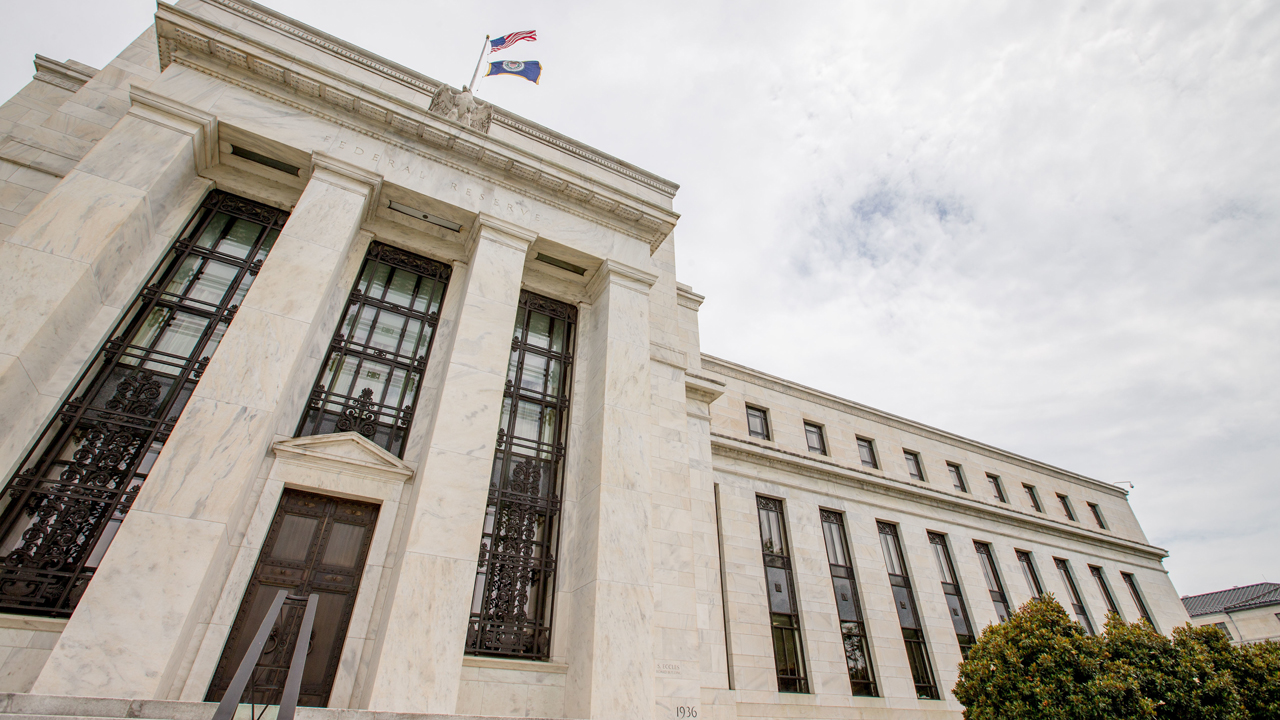Fed Members Increasingly Divided Over When to Raise Rates
New York Federal Reserve President William Dudley on Tuesday dropped a hint that the markets should take a more serious look at the economic environment when he suggested Wall Street isn’t accurately pricing in the odds of a hike in short-term interest rates. However, minutes from the Federal Open Market Committee’s July meeting released just a day after those comments showed policymakers are increasingly divided over when the central bank should move forward with raising rates.
According to the minutes, “a couple†participants advocated for a rate increase at the July meeting, though other members at the opposite end of the spectrum vocalized support for waiting until additional economic data provided more confidence the U.S. economy could withstand possible “downward shocks to demand.â€
Still, other participants argued a rate rise would “soon be warranted†and “viewed recent economic developments as indicating that labor market conditions were at or close to those consistent with maximum employment and expected that the recent progress in reaching the Committee’s inflation objective would continue, even with further steps to gradually remove monetary policy accommodation,†the minutes read.
Indeed, data from the Labor Department this month showed the economy continued to add jobs in June after an unexpected slowdown the month prior following rapid growth in April. Figures showed 255,000 net new jobs were added to the economy, while the labor force participation rate ticked up and the unemployment rate held steady.
During the Fed’s July meeting, participants acknowledged continued improvement in both the labor market and household spending. However, policymakers continued to fret about business fixed investment, which came in much softer than expected in the second quarter, and inflation that continues to run below the Fed’s 2% target thanks to declines in energy prices.
The not-too-hawkish, not-too-dovish nature of the minutes likely indicates the central bank is trying to prepare the markets for liftoff, but when it comes to actually delivering a rate rise, they’re finding excuses, according to Mark Heppenstall, Penn Mutual Asset Management chief investment officer.
“Inflation pressures to me are continuing to build. I think we’re starting to see some bump in wage pressures …look at home prices and some of the pressures we’re incurring there: It’s hard to make a case that we may not be reaching [the Fed’s] 2% target sooner than what the Fed may be considering,†he said.
In addition to parsing the economic health of the United States, FOMC meeting participants rehashed economic and financial implications of the June 23 referendum over Great Britain’s exit from the European Union. While markets around the world quickly rebounded from the initial shock of the vote, and early economic indicators have shown an initial slowdown in business activity and investment in the U.K. in light of the vote, Fed policymakers agreed in July that the committee should continue to keep a keen eye on inflation indications and developments in global financial markets.
“The global economy is very interconnected…in a lot of ways, Fed policy really is no longer a function of what happens domestically, but the interplay with the dollar strength and factors impacting other economies around the globe,†Heppenstall said.
The problem for the Fed now is making sure the market understands it’s serious about raising rates. Heppenstall said Wall Street won’t believe it until they hear it straight from Fed Chief Janet Yellen. With the Fed’s watchful eye focused on both the domestic and global economies, and no FOMC meeting until November, market participants will carefully watch for any clues on the Fed’s changing message at the annual gathering of central bankers in Jackson Hole, Wyoming at the end of this month.
“My expectation is she will lean towards the tighter side, similar to the minutes, give a little for everybody,†Heppenstall forecasted. “But my expectation is [the Fed] won’t want to upset the financial markets prior to the election, so I think she’s not really going to come out too hawkish at [Jackson Hole].â€
Meanwhile, Wall Street still isn’t putting much stock into commentary about raising rates in the near term. Federal funds futures, a tool used to predict market expectations for changes in monetary policy, showe an 18% chance of a rate rise in September – unchanged from odds ahead of the minutes’ release. Odds for a rate hike by the end of the year also remained low, hovering at 50.3%.




















